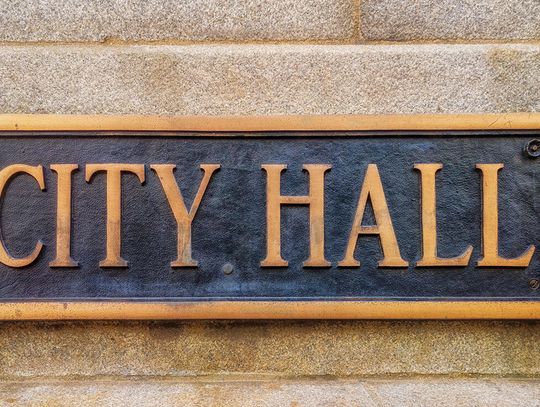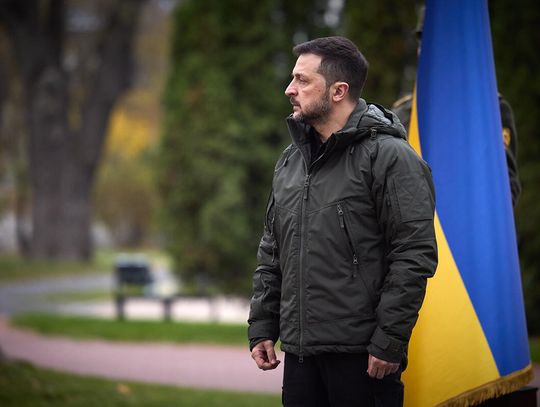On Oct. 3, the U.S. Supreme Court will hear arguments in Gill v. Whitford, a Wisconsin case challenging the partisan way state political districts are often drawn, known as gerrymandering. Wendy K. Tam Cho, a political science professor and statistician, has long been fascinated by the redistricting process.
In recent years, Cho and her research colleague Yan Liu have used the Blue Waters supercomputer at Illinois to develop an algorithm that can generate billions of maps that reflect Supreme Court criteria, as well as different levels of partisanship. She spoke with News Bureau social sciences editor Craig Chamberlain.
How important is this case? And what is your greatest fear or hope in terms of the outcome?
Redistricting has enormous ramifications and profound effects on the realization of democracy in the U.S. The Supreme Court has been well aware of the importance of its role. Justice Ruth Bader Ginsburg, in recent comments at Duke University School of Law, said Gill v. Whitford might be the most important case heard by the court this next term. Five decades earlier, Chief Justice Earl Warren declared Baker v. Carr, another redistricting case, the most important of his tenure as chief justice.
The ruling in Gill v. Whitford could make partisan gerrymandering nonjusticiable, which means that the court will never hear a claim of partisan gerrymandering again, leaving the legislatures unchecked when they devise electoral districts.
The fear and hope is about checks and balances. The fear is that if this intensely partisan activity is left unchecked, especially with advances in the technology that enable the drawing of more devious gerrymanders, large swaths of voters from one party will lose the ability to cast an effective vote. The hope is that the court will develop standards to adjudicate and provide relief when partisan gerrymandering has gone too far.
Your research has been cited in amicus briefs before the Supreme Court on this case. What does your work demonstrate that you think should influence the court’s deliberations?
The court in 2006 came within one vote of declaring partisan gerrymandering nonjusticiable. In that case, Justice Anthony Kennedy was the holdout. The main issue for the court has been identifying a manageable standard for partisan gerrymandering. Four of the justices do not believe a standard can be found, while the other four do.
Justice Kennedy was not able to identify a standard, but despite not knowing how to measure partisan gerrymandering, he was not willing to say that such a standard would not be found in the future. He presciently wrote in that case that technology is “both a threat and a promise.” If the court relinquishes its role, technology will continue to develop to make it easier to draw gerrymanders. On the other hand, the same technological development may result in methods that will aid the court in identifying the precise nature of the burdens that gerrymanders place on democratic representation, finally making these cases capable of adjudication by the court.
Our research, enabled by recent advances in high-performance computing, demonstrates for the court that the technology that Justice Kennedy envisioned can be a reality. Technological advances will enable the elusive manageable standard that has vexed the court.
Why is it so difficult to create a fair redistricting map or to judge the partisanship of an existing map? How does your ability to generate billions of maps enter into that?
There is an extremely large number of possible redistricting maps. To assess the characteristics of one map necessarily requires an understanding of what is possible. For instance, if you are wondering if an apple is particularly large, and you are shown only that one apple, there is no way to judge its size. It is a question that necessitates comparison to the set of other apples.
In the same way, there is no way to judge a map without knowing the characteristics of other possible maps that fit the same criteria. Our algorithm creates, for the very first time, the ability to generate very large numbers of these other possible maps.
How do you foresee your research being used in the redistricting process or in future gerrymandering cases before the court?
We envision fundamentally changing the redistricting process by opening it up to the stakeholders. Currently, only partisan interests have access to the data and tools needed to draw electoral maps. Good-government groups, minority advocacy groups and other interested citizens, for instance, have no ability to influence the process.
Technology, in and of itself, is not good or bad. In the wrong hands, technological advances create the ability to gerrymander with more surgical precision than ever before, allowing one to adroitly dodge legal regulations. In many hands, however, the various interests will be able to check each other, so that no one group dominates the process. Having a more open and transparent process is the antidote for the trust issue.
To reach Wendy Tam Cho, call 217-333-9588; email [email protected].
(U.of.I News Bureau)
Reklama










